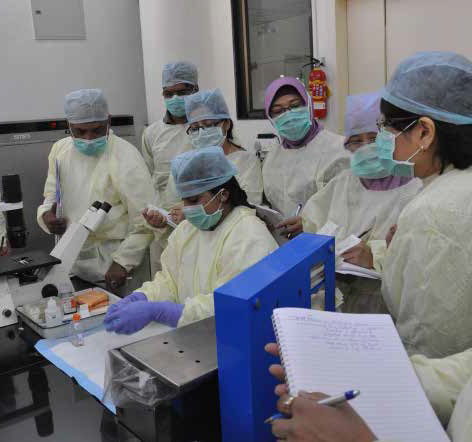Acute Flaccid Paralysis (AFP) Surveillance
Nationwide AFP (acute flaccid paralysis) surveillance is the gold standard for detecting cases of poliomyelitis. The four steps of surveillance are:
-
finding and reporting children with acute flaccid paralysis (AFP)
-
transporting stool samples for analysis
-
isolating and identifying poliovirus in the laboratory
-
mapping the virus to determine the origin of the virus strain.
Environmental Surveillance
Environmental surveillance involves testing sewage or other environmental samples for the presence of poliovirus. Environmental surveillance often confirms wild poliovirus infections in the absence of cases of paralysis. Systematic environmental sampling (e.g. in Egypt and Mumbai, India) provides important supplementary surveillance data. Ad-hoc environmental surveillance elsewhere (especially in polio-free regions) provides insights into the international spread of poliovirus.
